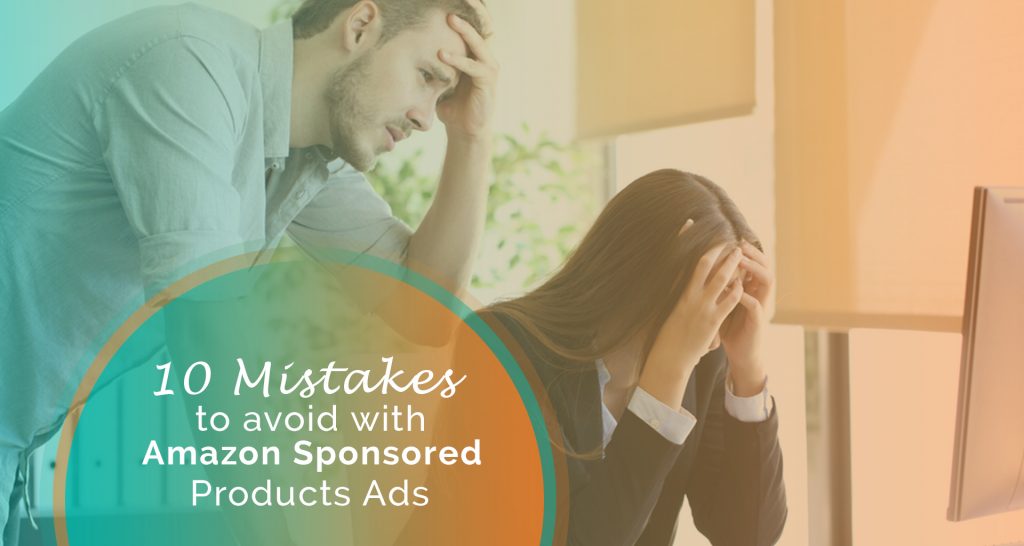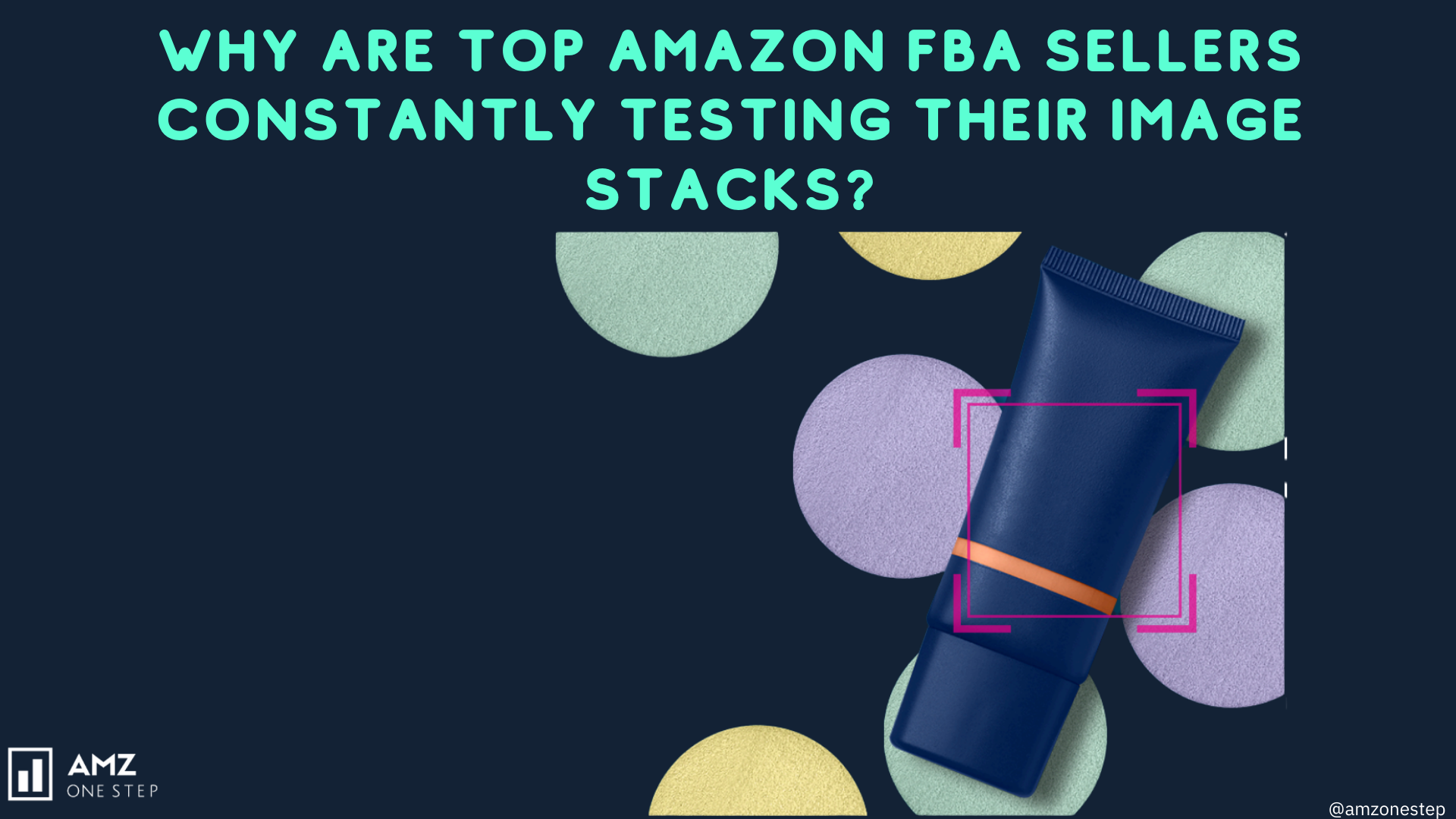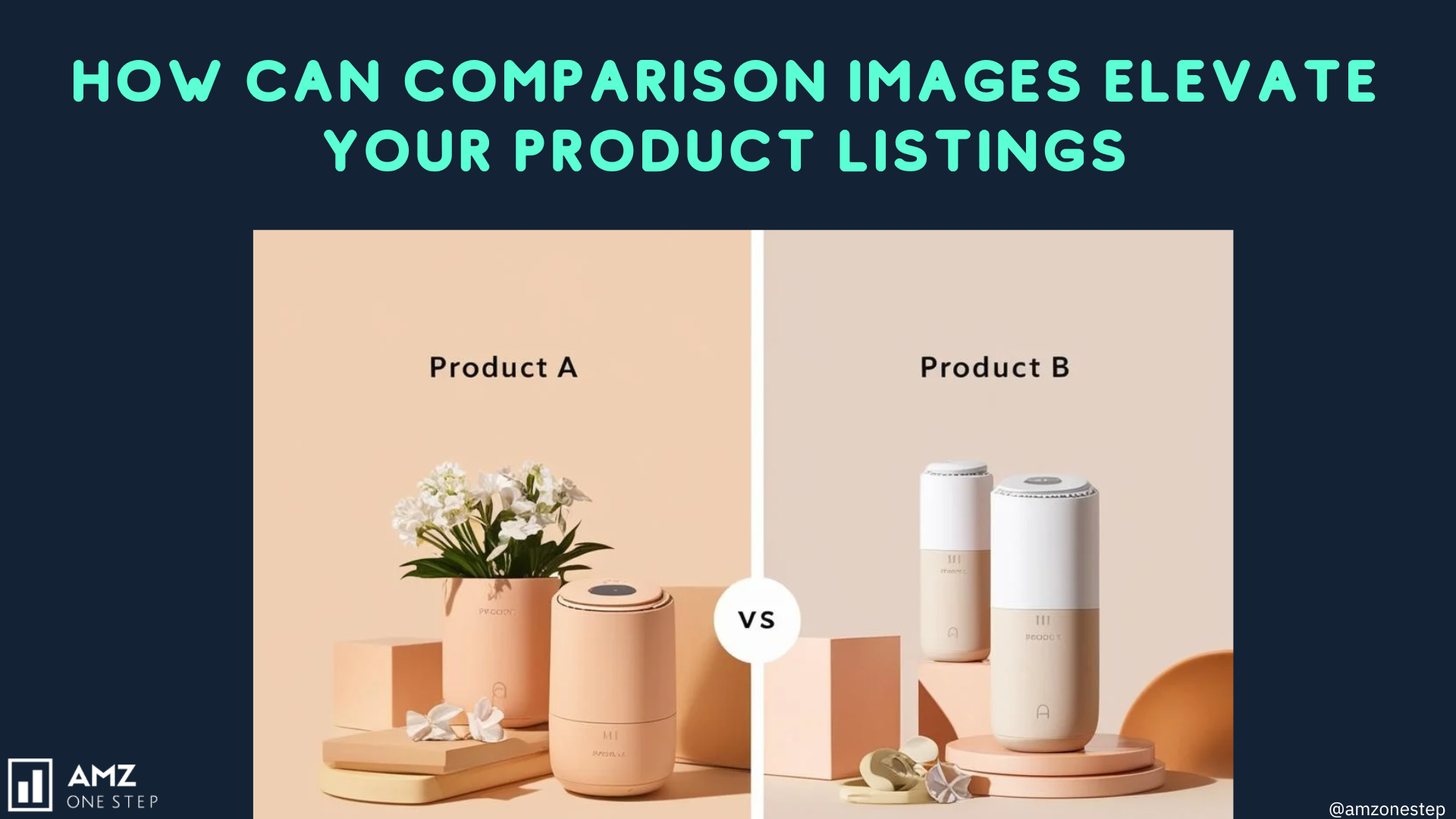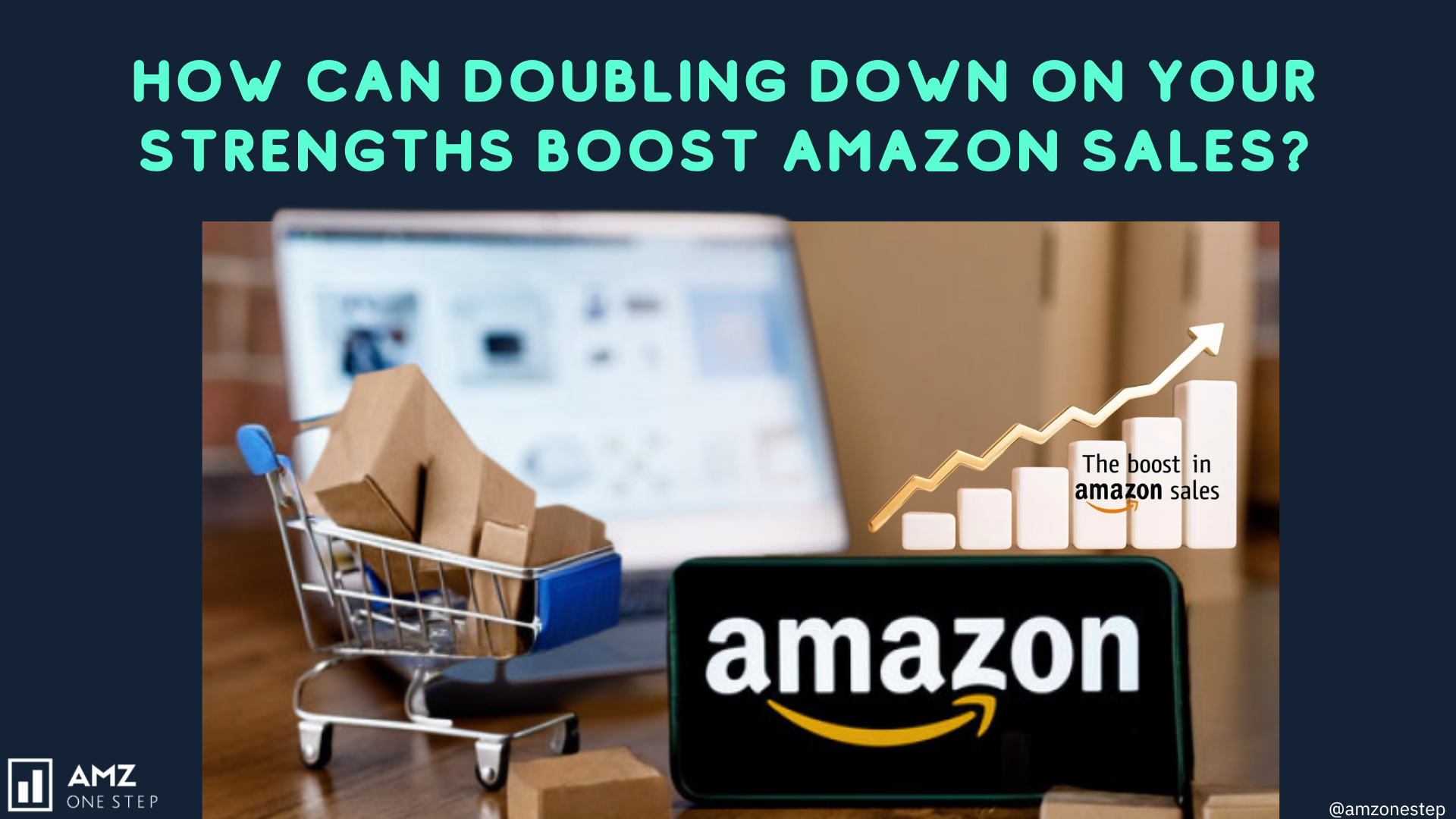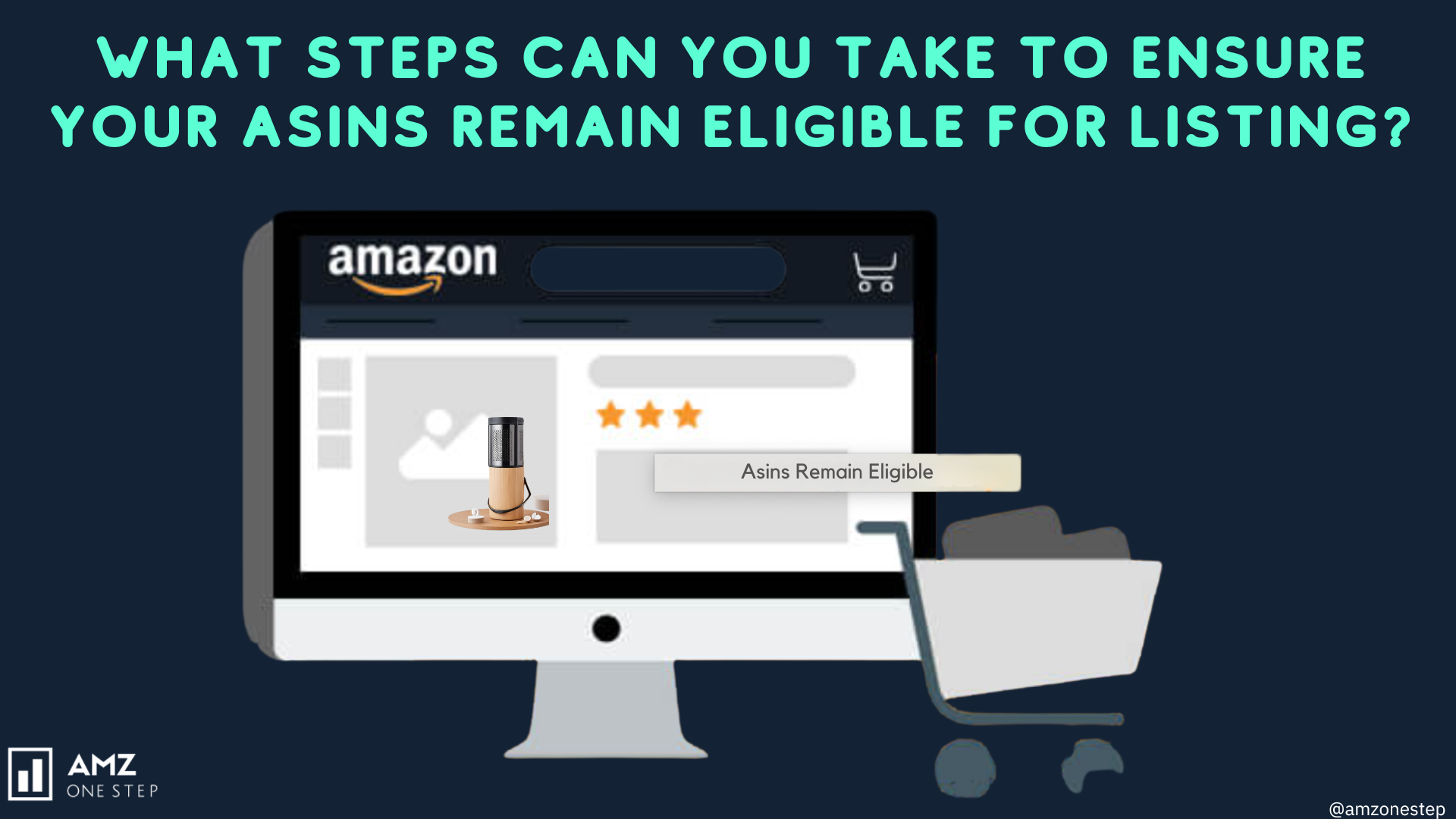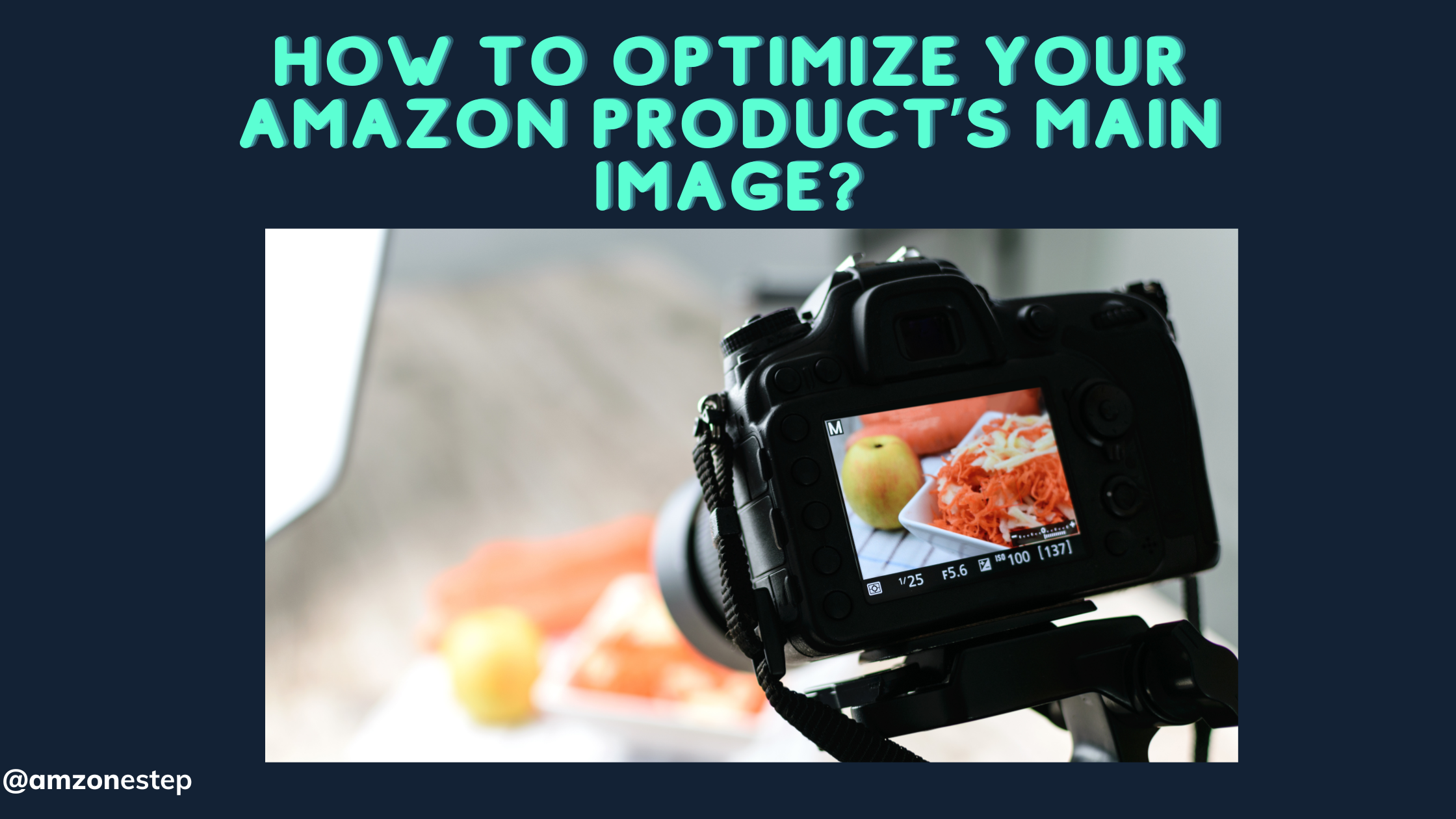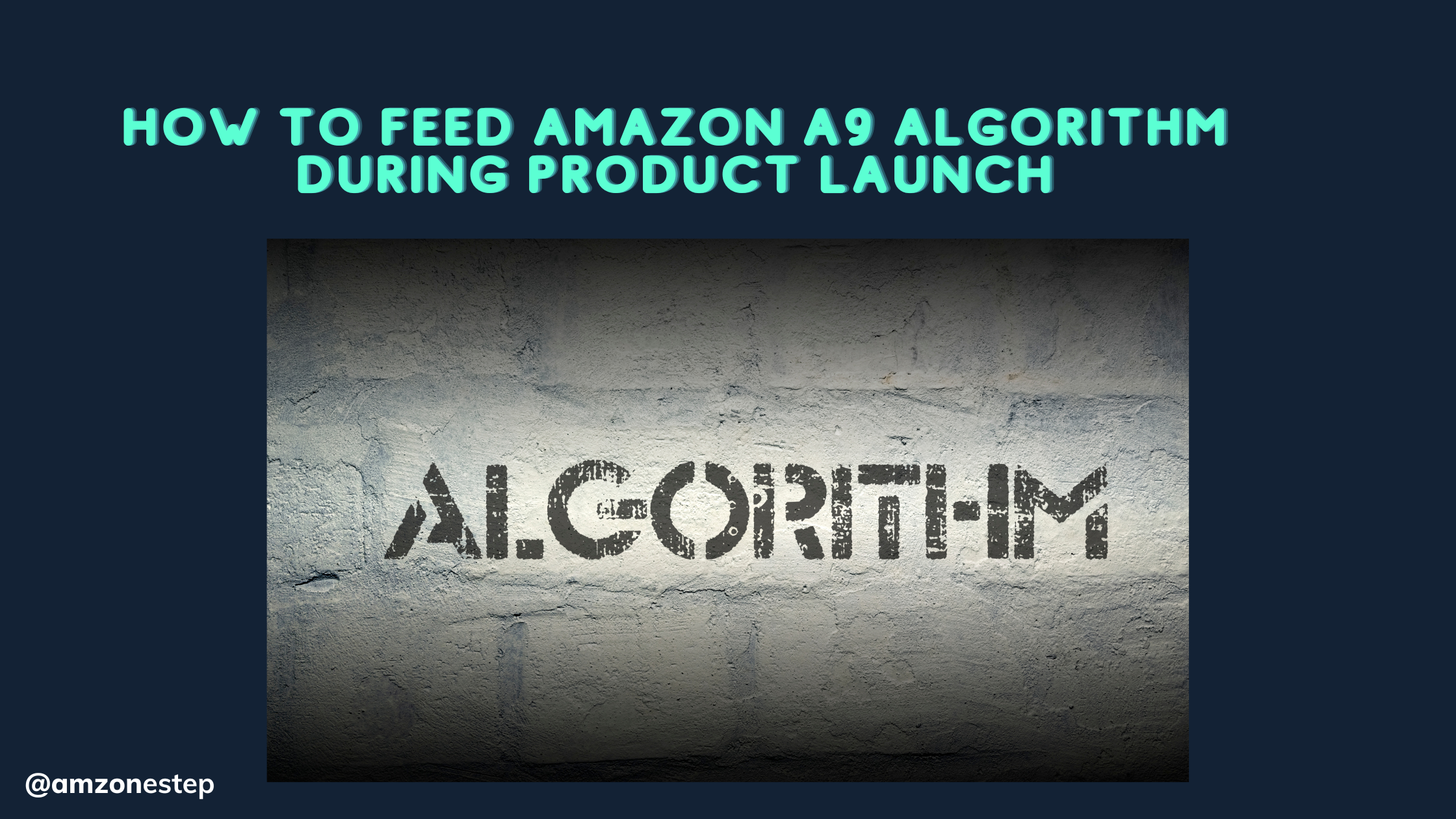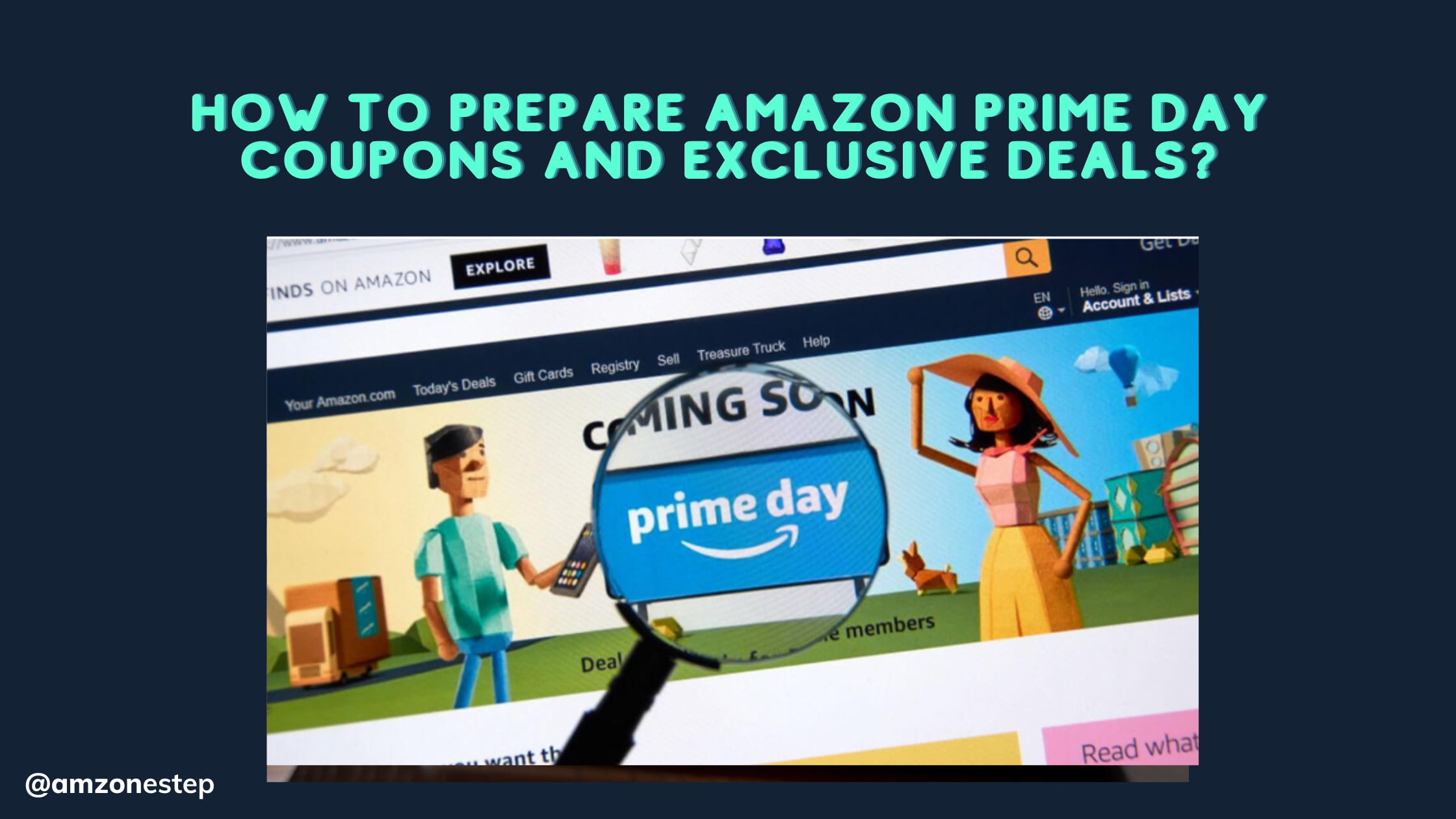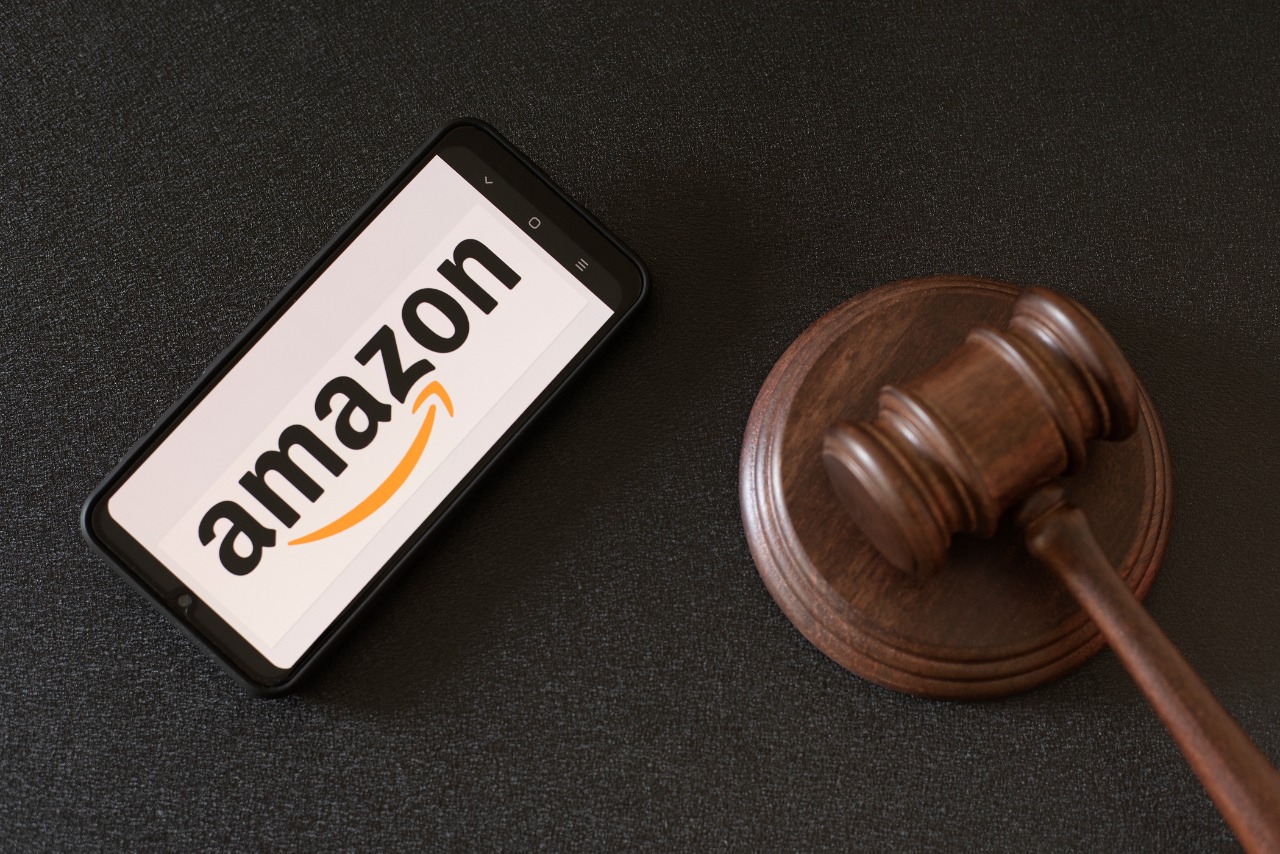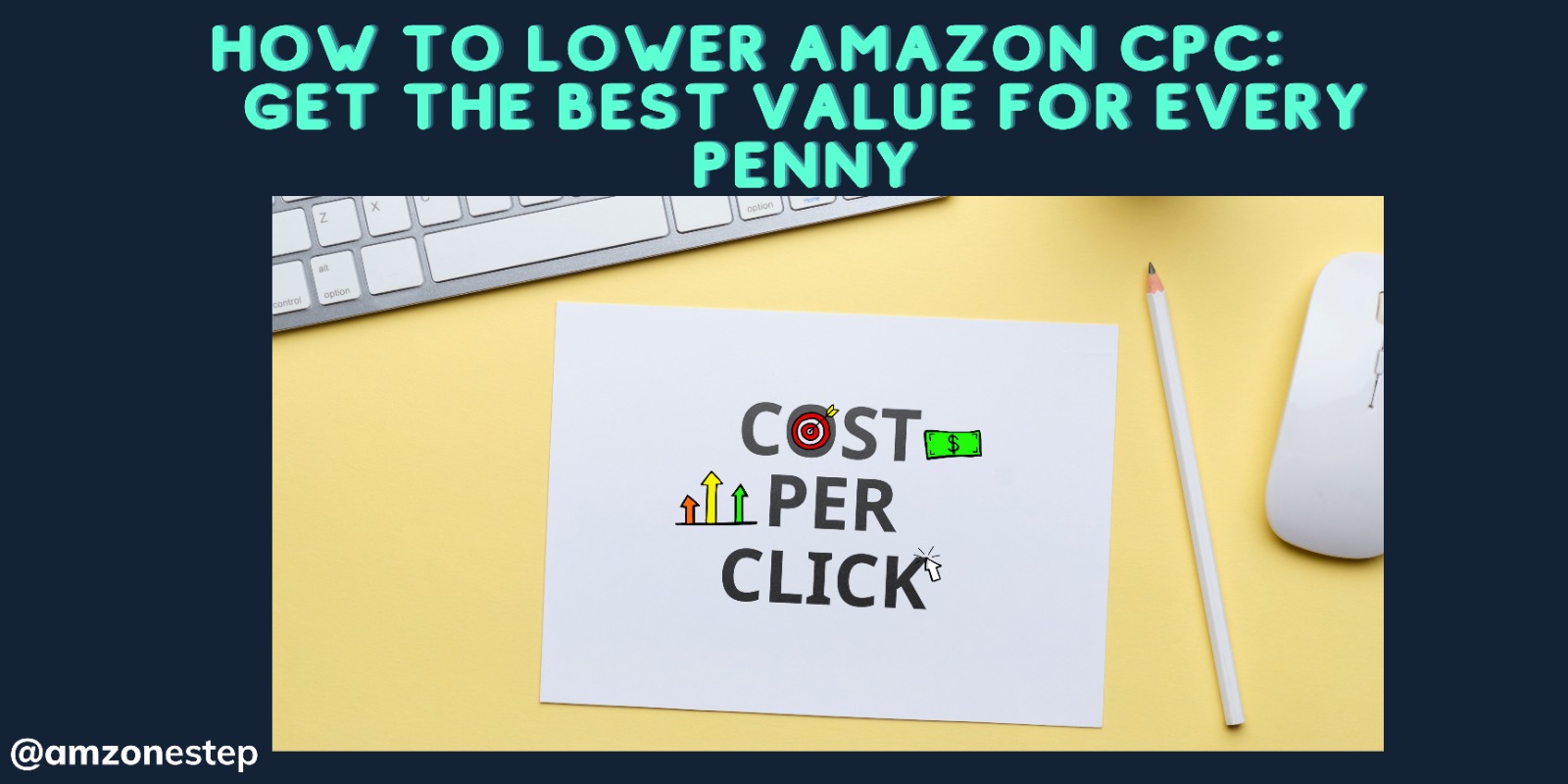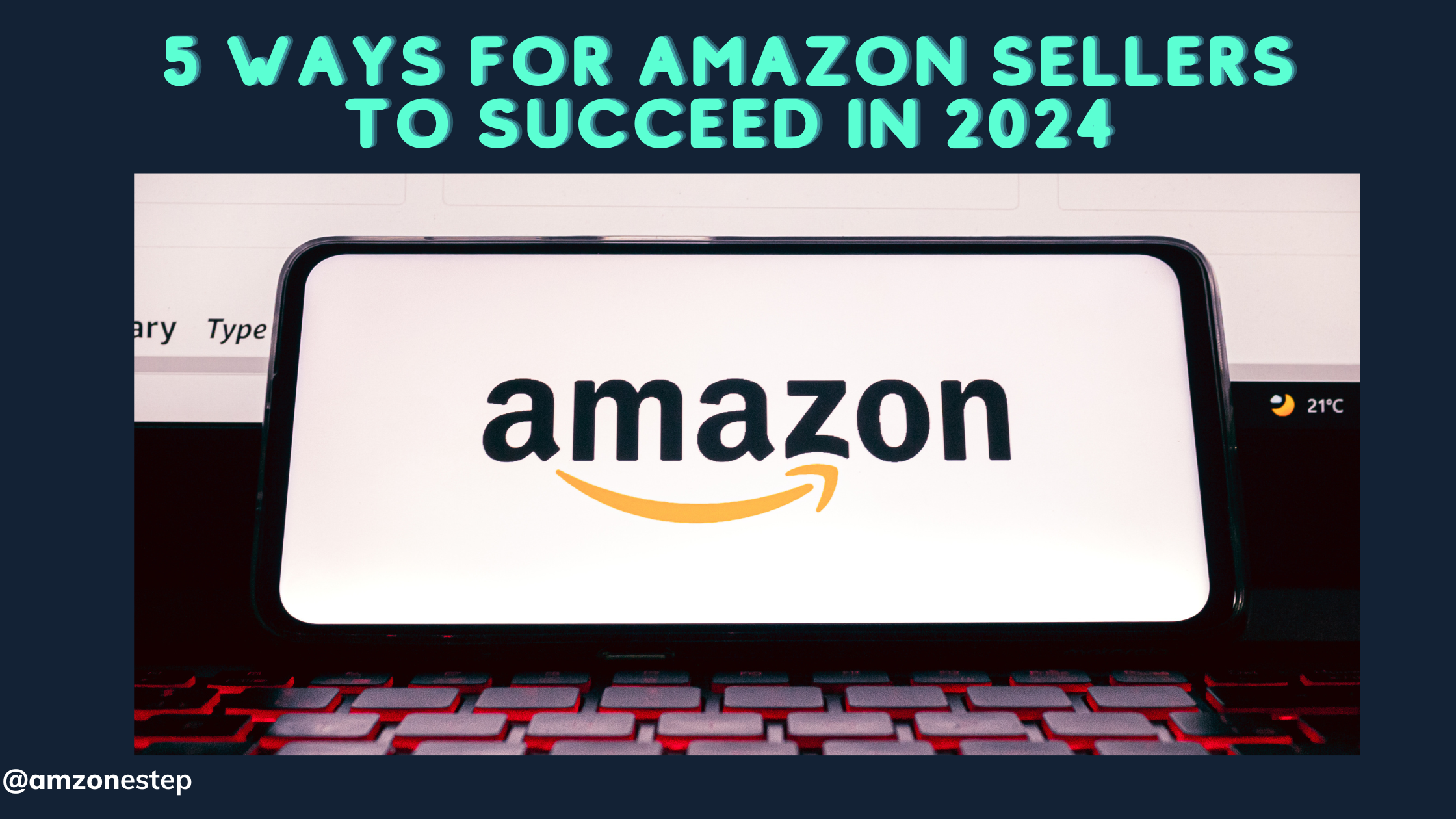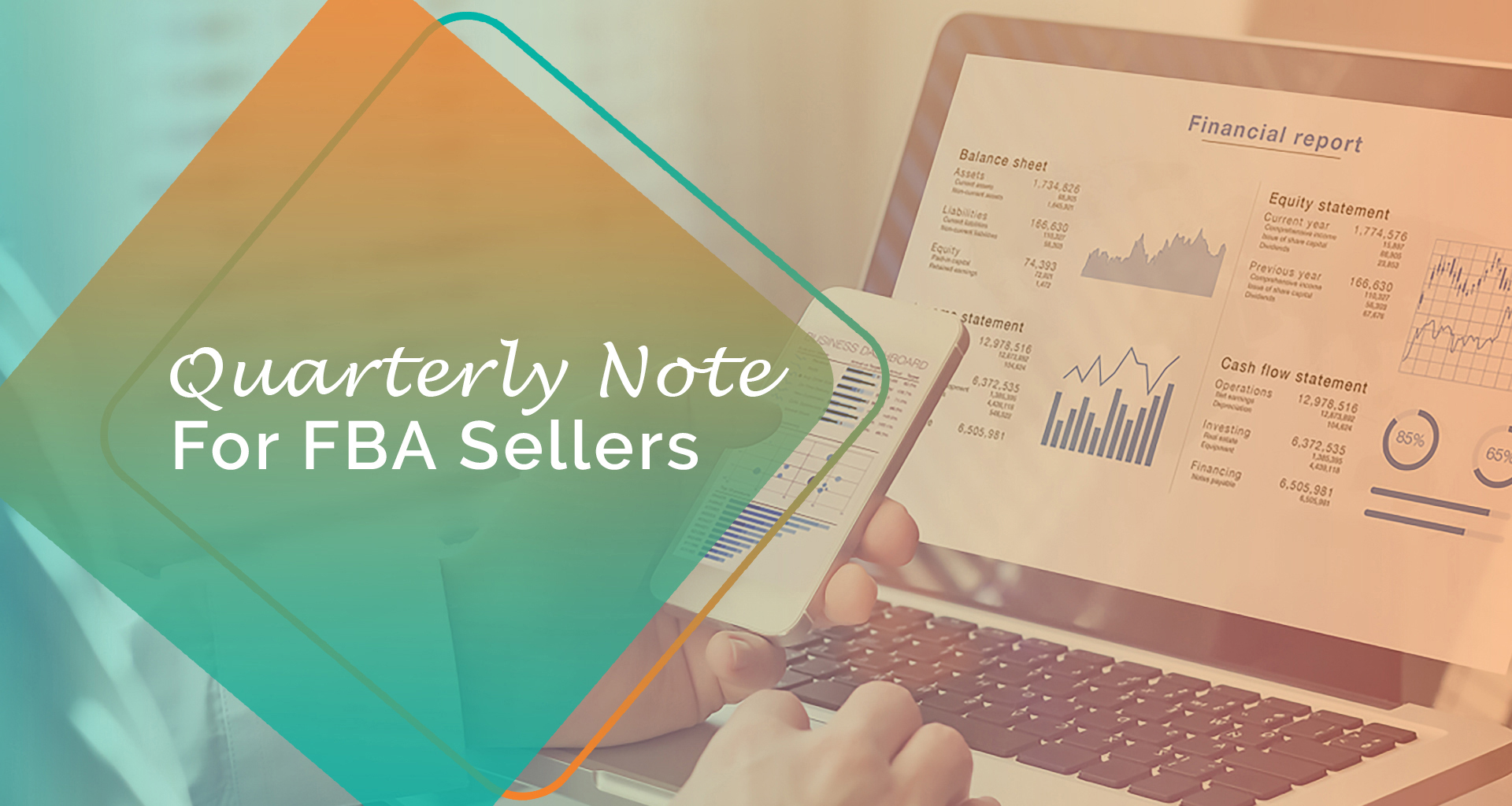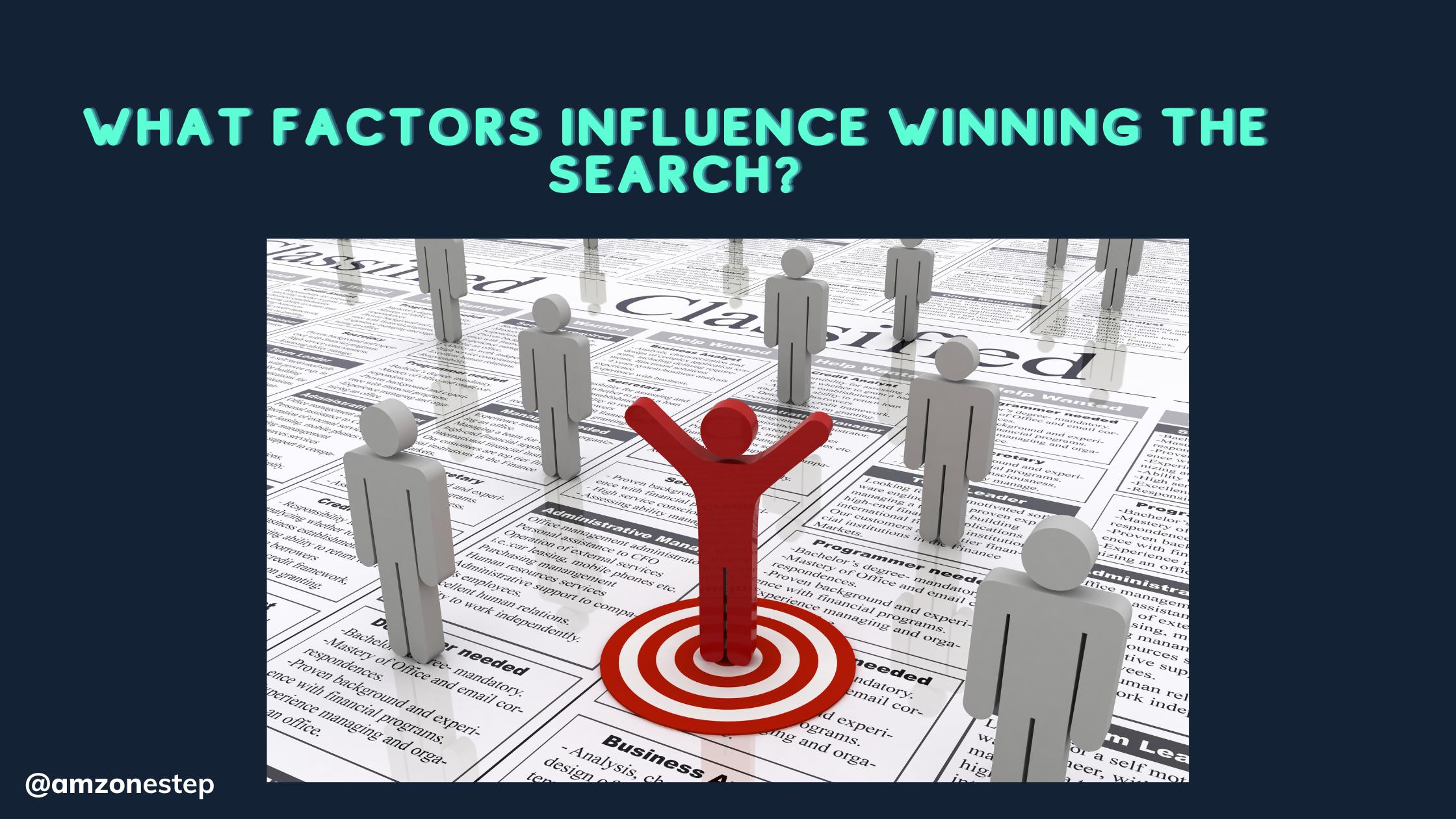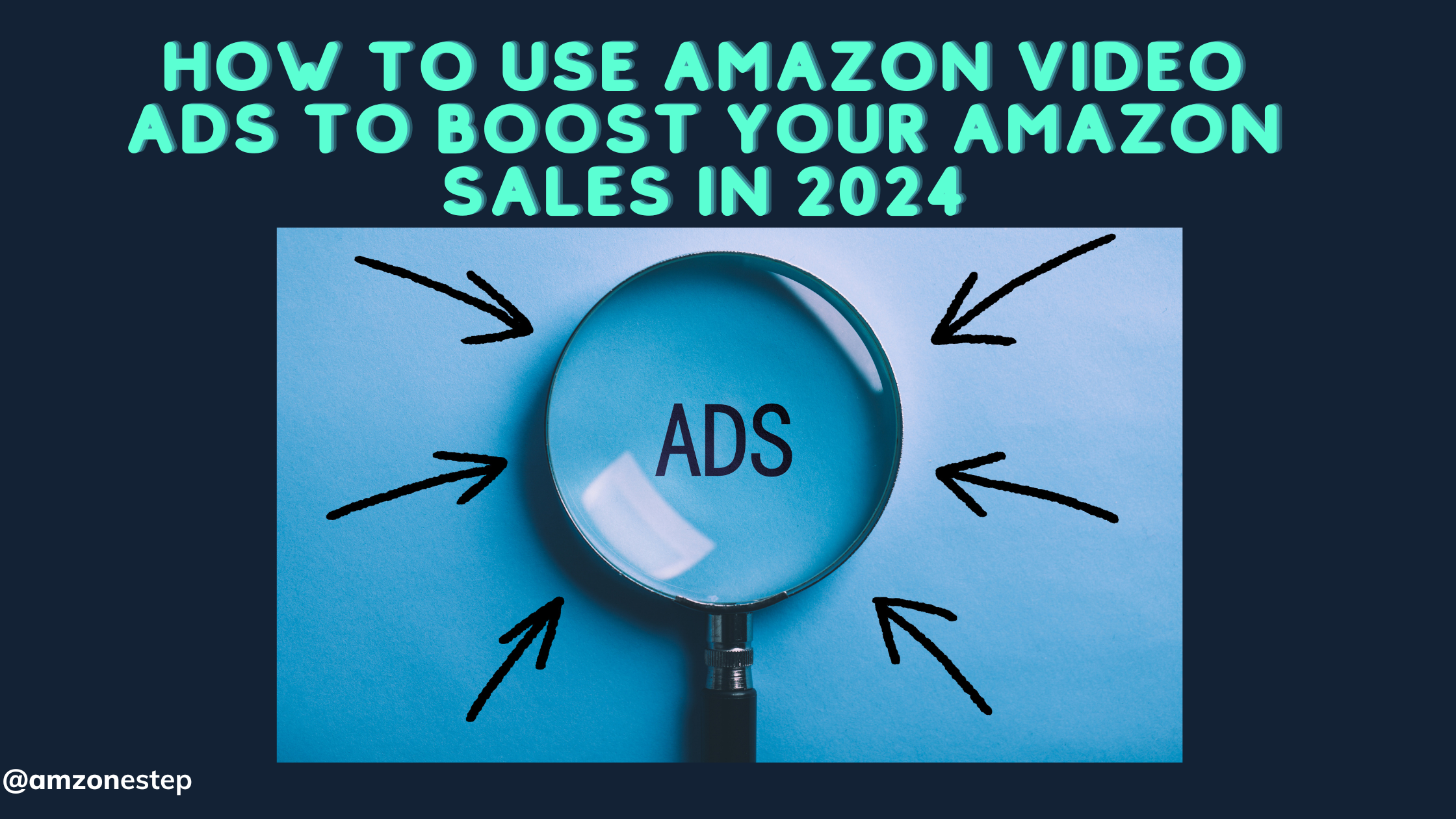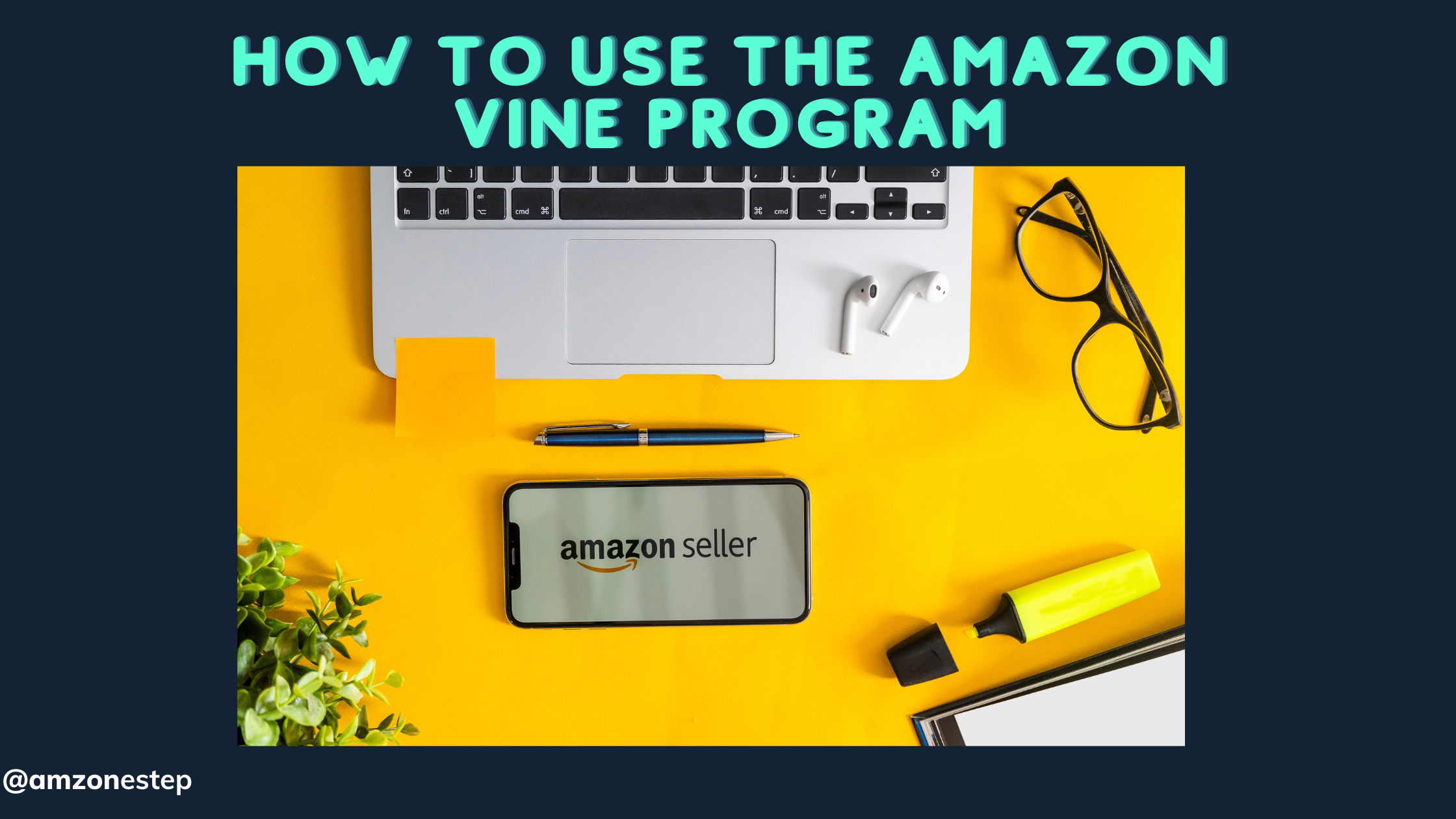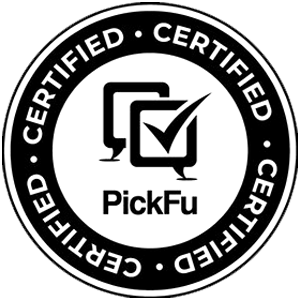You see commercials on TV that you didn’t ask for. But they still popped up while you were watching something else. This is same for Facebook Ads.
Amazon PPC is different.
Here, people expect the message you put in front of the people. In short, Amazon Sponsored Products Ads are not even close to interruption marketing because it shows Ad to people that are most relevant to their search query.
People read what interests them. Similarly in Amazon, they click on a thing that interests them.
Whether it be an Ad or a normal listing popping up against a search query, it all depends upon your audience’s interest and off course your pricing, features, and reviews.
In fact, what really convinces your viewer in clicking your Ad is your content and pricings in Amazon.
Sponsored products are by far the most popular advertising campaign in Amazon that is mostly to get a decent return on investment. But, there are many Amazon sponsored product mistakes done by sellers which prevents them from achieving a higher CR and low ACoS.
I am here to highlight those pitfalls that should be avoided to reach more customers, drive more traffic, and make more sales.
Poor Keyword Selection
Keyword research is an instrumental component of Amazon sponsored products. A poor selection of keywords will adversely affect the advertising campaign and will eventually result in higher ACoS and low sales.
Misleading Amazon with the wrong data is something you should avoid otherwise it may result in permanent banishment. Many sellers use this strategy to gain traffic just to get the clicks; this is what they do wrong.
Like if you’re bidding on the keyword ‘Red trouser’ but are not actually selling the red one, you will get clicks but not the purchases which are going to hurt your conversions.
Therefore; it is vital to bid on the keywords that are the most relevant to your product.
Entering an Over-Saturated Niche
This happens when the person running the Ad hasn’t performed proper product research. Picking up a niche blindly by imagining results isn’t going to work or at least won’t do wonders for you.
If a niche already has well-established competitors, avoid attacking that region especially when you’re running from scratch. Because in these areas, it would be very difficult to go head to head with the sellers who are making millions out of it.
Similarly, it is not wise to enter into a niche where it is hard to find a unique selling point.
Not having an ACoS goal
Running any campaign without doing enough calculation isn’t worth the risk. Especially when you’re carrying out PPC operations for a brand, you should have a clear objective in your mind.
You should have an idea about the max ad cost per sale (ACoS) you’re willing to accept for a certain campaign.
There are 2 things you might be looking for your sponsored products – Maximizing profit or Maximizing Sales.
So that’s the basics.
The best PPC Strategist would first focus on maximizing sales when launching the product in the market. This is the time where you should not worry about your profit margin instead you should focus on getting clicks and sales. This will establish your organic rankings because the Amazon Ranking Algorithm gives sales history a high priority when ranking a product on Amazon. In this phase where you’re mainly focused on sales, a breakeven ACoS is all you need to achieve.
Once you start getting ranked for potential keywords, it’s time to switch your goal to maximizing profit. In this phase, your primary focus should be your target ACoS.
Neglecting the need for Monitoring Campaigns
Many sellers commit this mistake of neglecting the need for monitoring their campaigns out of laziness or due to time. After running the campaign, they leave the campaign on its own without making the micro-adjustments. This is what you shouldn’t do.
Sometimes you don’t get results right away at the start of the campaign while sometimes you do. When running an Amazon PPC Campaign, you need to give it constant attention by monitoring the key metrics CPC, CR, and ACoS.
In Sponsored Products Ads, you have to use the performance data to adjust your bids that could speed up the results. Because this data is going to help you in making timely decisions that would avoid the risk of campaign failure.
This is what can happen due to ‘not monitoring your campaigns’, especially with your bidding.
Bidding: –
Let’s say:
You set a specific bid for certain keywords and started your campaign. For overtime, you didn’t bother to come back and see the results.
This will prevent you from knowing whether the change has helped you or not, and this can seriously cause your ACoS to skyrocket which you would never know.
If this is something that challenges you, hire an expert or a PPC Marketing Agency that can help you with your PPC Campaigns.

Not analyzing your conversion rate
Your conversion rate is very important to you as well as to Amazon. Because, like you, Amazon tends to make money.
When you make a sale, Amazon gets its share. This is a win-win situation for Amazon.
So how does conversion rate is related to sponsored products?
You already know that conversion rate is an important component of the A9 Amazon Ranking Algorithm and listing optimization, the case is mostly the same in Amazon PPC.
For example, you and your competitor are bidding for the same keyword, this is where conversion rate would come to your rescue as it would decide who wins the specific keyword.
Since Amazon doesn’t provide sellers with the accurate Conversion Rate, I advise sellers to calculate it by simply dividing your total order items by your sessions – these numbers can be found on Amazon business reports.
A minimum of 3% conversion rate is regarded as good, anything more than that is amazing.
To cut it short, Amazon highly rates conversion rate when determining whether you should win the bidding auction.
Find the average conversion rate (CR) of the keyword and rank your conversion rate (CR) against it.
If the CR of your product is much lower than average, it’s better to pause that keyword.

Not harvesting the negative keywords
Amazon Advertising platform has this feature named ‘Negative Keywords’. This option is primarily given to filter out those keywords that you do not want to show your Ad.
The option for Negative keyword is something you shouldn’t leave empty in Amazon. Without a doubt, they can give you an additional competitive advantage by reducing your ad cost.
For say, you are selling sunglasses and are bidding on the keyword ‘glasses’, it would appear on many irrelevant search queries like a wine glass. And if this user clicks on your listing accidentally clicks on your Ad, this is going to cost you and will eventually result in the increase of your ad spend.
Therefore; Sellers should add or subtract negative keywords to avoid paying for unrelated clicks and prevent a higher CPC.

Overusing automatic campaigns
The best Amazon Advertising Strategy would always avoid overusing and over utilizing automatic campaigns. The main aim of automatic campaigns has always been the same as that is to gather data and keyword information which can be plugged into manual campaigns later on to boost efficiency.
This way sellers are most likely to find out the potential keywords that are bringing decent results along with the ones that aren’t- which should be put on the negative keywords list.
Using a combination of both automatic and manual campaigns when running Amazon Sponsored products Ad for a new product is the way forward to a successful campaign.

Not Structuring Your Campaigns Properly
This is one of the most common mistakes committed not just by the sellers, but even I have seen marketing experts doing that.
Let’ say, you own a fashion brand and own shoes, shirts, tees, trousers, jeans, and watches. What sellers do is they incorporate all of the products in one campaign which stops them from achieving the ideal ACoS and CR.
You should not lump disparate products in one campaign. Different Ad Campaign for each meaning different campaign for shoes, different for shirts, and different for tees.
If you have been incorporating all of your keywords in your listing, this is the time to stop and manage your campaigns effectively for better results.
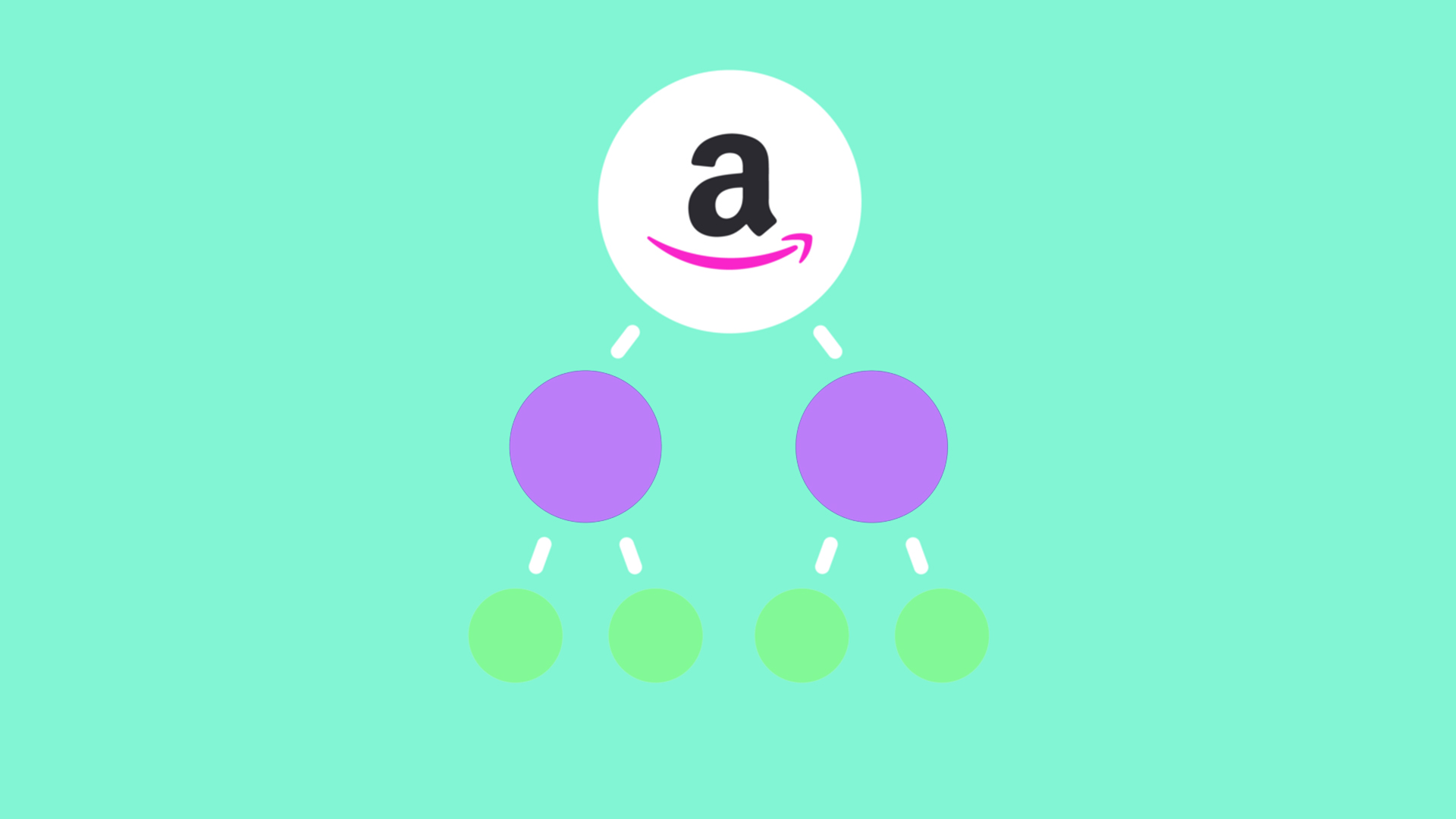
Too Many Keywords
Most SEO beginners choose keywords for their campaigns that are too descriptive. Moreover, they incorporate too many keywords into one campaign which adversely affects the performance of their ads.
The basics of Amazon Advertising suggests that you should choose keywords that are 2-3 keywords long for your broad match campaigns.
If you’re selling red shirts, avoid bidding for shirts as that will open a whole new category of shirts including brown shirts black shirts, Christmas shirts, etc – none of which would be relevant to what you sell.
Moreover, you shouldn’t bid for very broad terms like ‘ Set of 10 party Shirts” as that will bring less traffic and will results ‘.

Not Giving Importance to the Headline and Copy Writing
There is a widely known myth that says if you succeed in showing your ad to the right people, they will buy it.
You need to come out of this idea. At least, this doesn’t happen on Amazon.
Of course, it’s an achievement but it’s like the half job done; there is more to it.
Headlines and content are the other words for a sales pitch. The more sound and engaging it is, the more chances of getting a good and timely response.
This is an important component of Amazon Sponsored products ads as they prompt customers to instantly make a purchase.
As a seller, you will realize the need for headline and copywriting in phases where your product would be getting the clicks from the right audience, but not the conversions.
The headline of your product should be fully in accordance with the product ranking algorithm.
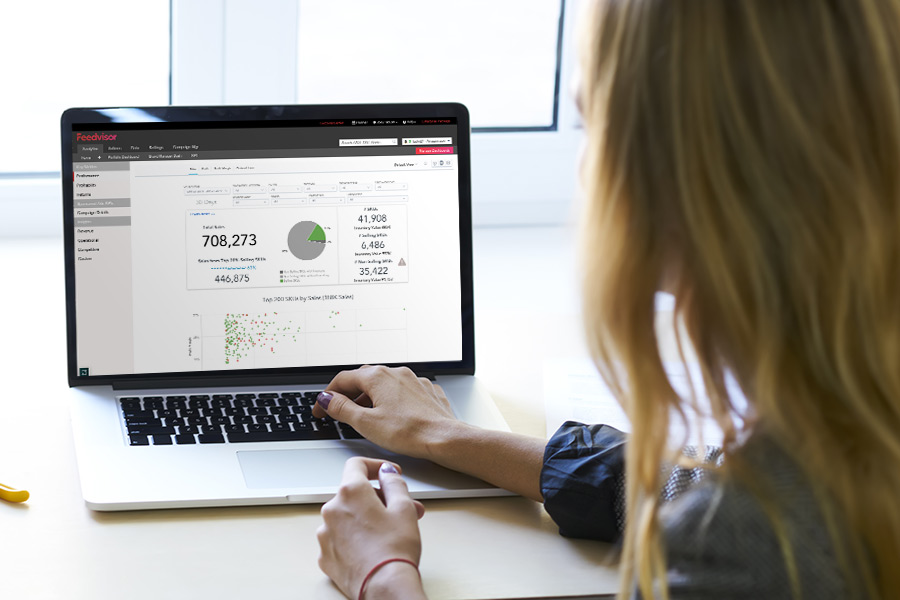
Key Takeaways
Amazon Advertising Platform is a great opportunity for any seller to outsmart their competitors. The goal of the campaign can only be achieved if these mistakes are avoided. Here are the key takeaways of this blog post:
- A poor selection of keywords reflects a poor Amazon Advertising Strategy. Sellers who deliberately enter the wrong keywords to gain clicks are more likely to end up in permanent banishment.
- If you’re running from the scratch, over-saturated areas aren’t the ones you should be targeting.
- Not having a specified ACoS goal isn’t worth the risk.
- Monitoring key metrics in a campaign especially bidding cost and CPC are portentous.
- In areas, where you and your competitor are bidding the same amount on the same keywords, the conversion rate plays a key role in deciding the winner. The listing with a higher CR is more likely to win the keyword.
- Not utilizing the negative keyword feature can result in a higher Ad Spent and lower profit margins. Sellers should subtract those keywords that are irrelevant to their sponsored products.
- Automatic PPC campaigns are significant in getting the data and keyword information but overusing it may not give you ideal results.
- If you’re selling different products, don’t incorporate all of the related keywords into a single campaign.
- Too descriptive keywords will bring you less traffic and sales.
- Before running Amazon Sponsored Products Ads, it is important to modify your listing title and copy that could guarantee a high conversion rate (CR).

With Amazon Sponsored Products Ads, sellers can increase the visibility and traceability of their products while getting quick sales. To make the most of your ads, avoid these pitfalls or hire a team of Amazon Marketing Experts who can help you reach more customers, drive more traffic, and make more sales.

Hi there! I’m the content marketing and branding specialist for AMZ One Step. I work hard to create engaging and informative content that helps our readers learn more about Amazon selling and how to make the most of their businesses. I love spending time with my family and exploring literary works when I’m not writing or working on projects.
